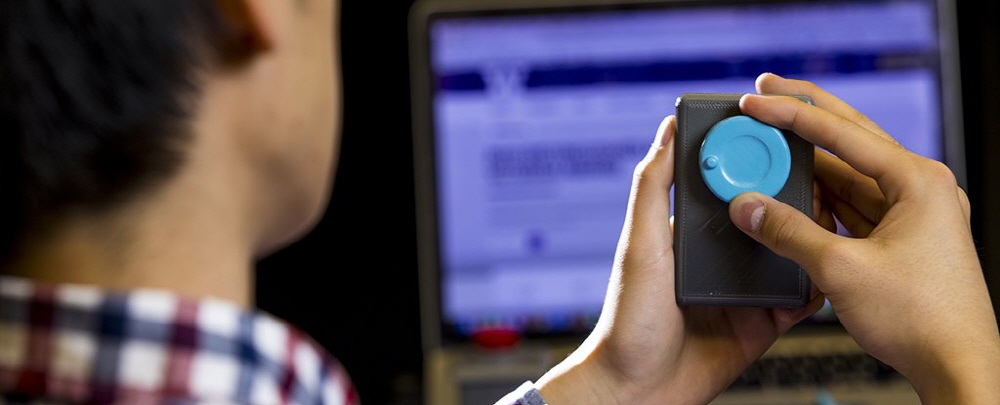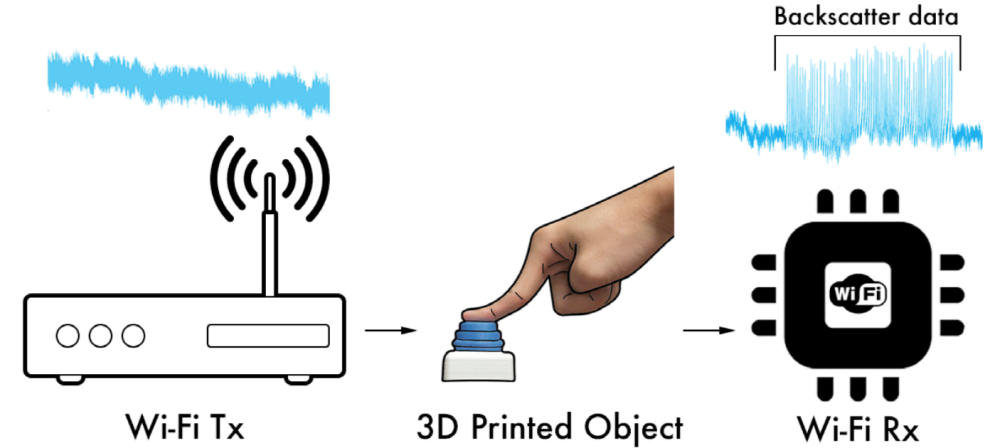
A research team at the University of Washington has created a plastic device that can operate a smartphone or computer without a power source.
The IoT device has been further simplified based on previous previous research that snatches and broadcasts FM radio signals using backscattering technology that uses FM radio to send different messages. The product was upgraded with a thin copper tape antenna and electronic equipment driven by a small coin cell to complete the structure to reflect and change strong signals from FM radio stations and load new audio signals.

Since this signal has an unused area near the spectrum, anyone with a radio can hear the original FM signal, even hijacked broadcasts. This study developed this idea further. Instead of manipulating strong signals from FM towers, they use Wi-Fi networks in almost every home or business. The research team made devices such as anemometers from simple buttons or sliders using ready-made 3D printers and filaments. A conductive material made of filament containing copper and graphene was also used to act as an antenna.
For example, a plastic anemometer rotates the plastic gear in conjunction with a coil spring in the wind. It temporarily activates or deactivates the antenna that absorbs and reflects the Wi-Fi signal, creating a new signal that other devices can decode like binary messages. By designing a structure to control and manage the number of reflections, software was developed on the receiving side to understand what looks like noise.
In addition, it is said that simple buttons, scroll wheels, and sliders that control the operation of nearby smartphones and computers in real time were made with a 3D printer simply by reflecting indoor wireless signals. One of the challenges of the Internet of Things is that although there are security issues, even simple devices need power. Technology that does not require charging and battery replacement deserves attention in the future. Related information can be found here .


















Add comment